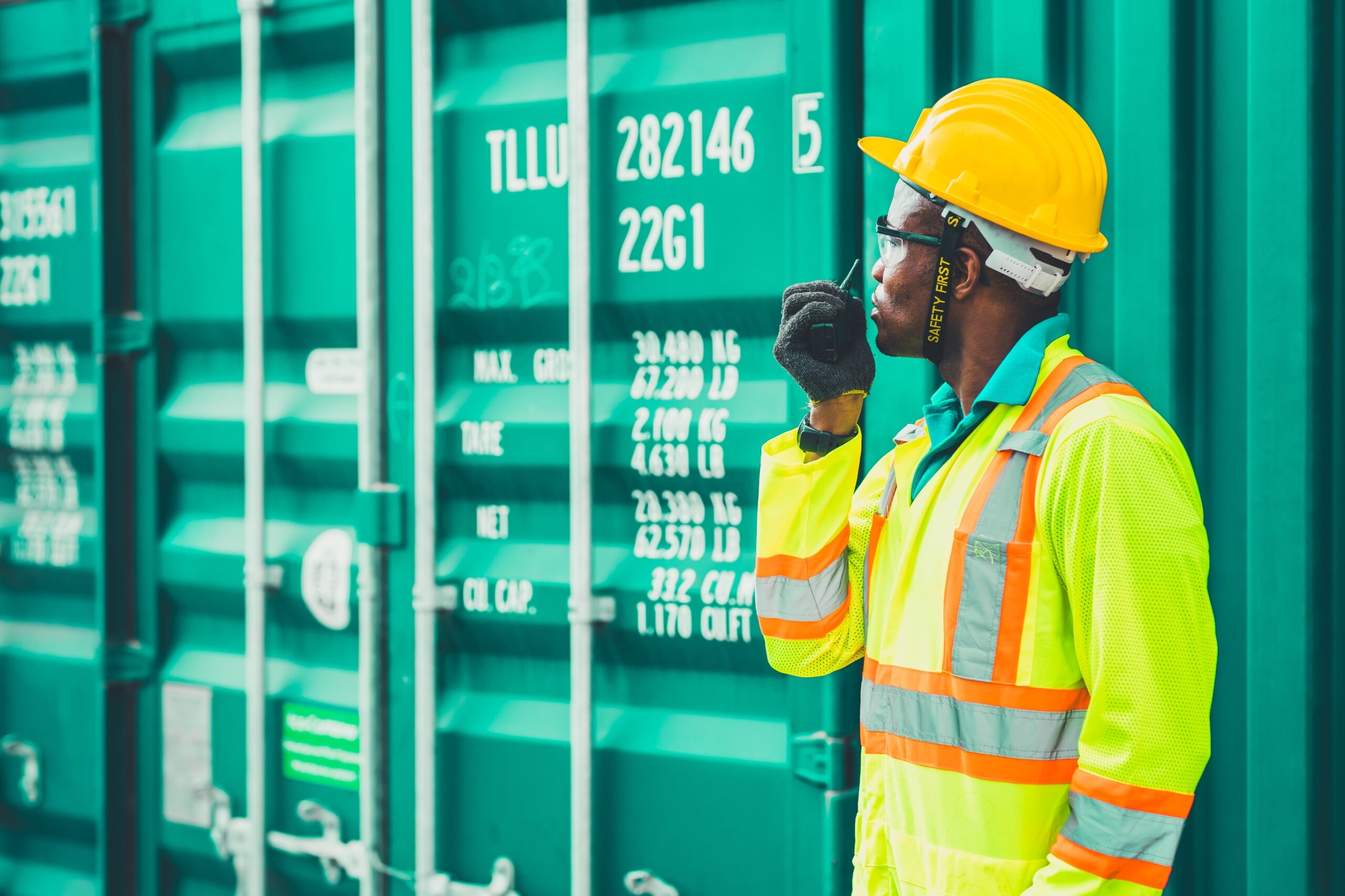The marine insurance sector is a rather traditional business; we are not exactly known for being early adopters of innovation. Despite the tendency for slow adaptation to change, two factors are pushing the industry to begin thinking and operating differently.
The first is the talent drain. Many seasoned marine experts in the industry are reaching retirement age, and efforts to attract young people to the field are not keeping up with demand. The second is insurers’ and corporations’ focus on reducing their carbon impact as a part of broader environmental, social and governance (ESG) efforts. This blog will explore how these trends are putting pressure on the marine sector to approach claims in new ways.
Salvage versus disposal
When it comes to damaged or compromised cargo, most companies’ first instinct is to recoup their financial loss and then dispose of the goods in as safe and cost-effective a manner as possible. Slowly but surely, the tides are turning in that regard. Insurers and corporate entities are now giving greater consideration to the impact of such disposal on planet Earth. Increasingly, our clients are asking questions like these in order to minimize waste:
- If the shipment is not a total loss, can damaged cargo be separated from undamaged, usable cargo?
- Can any of the damaged cargo be repaired or sold at a discount?
- If only the packaging is damaged, can the goods be repackaged — and can the unusable packaging be recycled or repurposed?
As an example of this kind of environmental commitment, one of our marine clients — a global manufacturer of healthcare equipment — previously discarded the aluminum crates in which many of its devices are shipped but has now committed to collecting them so they can be repurposed or recycled. Similar environmentally-focused approaches can be adopted when cargo claims arise.
Efficiency through technology
The marine sector is experiencing a talent crisis. Because there are not enough adjusters and surveyors to handle the volume of incoming claims, insurers and service providers are exploring ways to improve efficiency. Innovations driven by technology are playing a major role.
One such tactic is shortening adjusters’ reports by including video clips in place of more detailed writeups. Today’s marine professionals are making use of footage from warehouses’ 360-degree security cameras, as well as from drones used in the inspection of large-scale incidents. Additionally, many are turning to remote adjusting options so they can spend less time traveling to loss sites and more time on other job responsibilities. As an added benefit, fewer adjusters traveling means lowering the carbon footprint of claims.
The industry is also looking to modern technology platforms to provide process improvements. Efficient document handling throughout the claims journey saves time for adjusters and offers policyholders a better customer experience. Insurers are also considering opportunities to automate the adjudication of claims below certain value thresholds or to bring automation options to select components of the process (as outlined previously on the blog). As technology assumes an ever-greater role in marine claims, many carriers are turning to leading service partners with robust system capabilities to supplement their own internal tech offerings and boost efficiency.
A vision for the future
Marine insurance remains firmly rooted in traditional approaches, but we are seeing these and other signs of change. To keep pace in today’s rapidly evolving world, our industry would benefit from being less reactive and more proactive. One way to make that happen is to connect the dots between marine surveying and the wealth of real-time supply chain data available today.
Cargo vessels around the world can now be tracked, from the point of loading to the destination point. Imagine the possibilities when smart containers are implemented in the near future! If marine surveyors can tap into that information, it would allow us to better monitor high-risk cargo, detect theft incidents sooner, more effectively predict losses, and divert cargo and machinery claims to governing liability policies. Access to this kind of real-time data would create opportunities for marine experts to support claims from the very first moment of loss and mitigate risks for our valued clients. Five years from now, surveying, reporting and carrier expectations could look quite different than they do today.
I am hopeful that such possibilities will turn into realities. Until then, Sedgwick’s team of experts is here — watching trends, sharing ideas, offering support, listening to brokers and underwriters, bringing you the best of our global and local resources, and imagining what’s next in the world of marine insurance.

